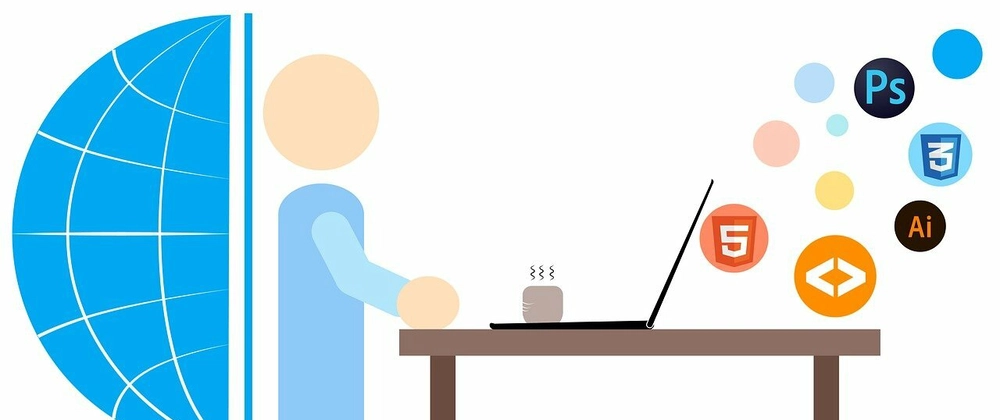Choosing a frontend framework for your application can be a daunting task, as there are many options available and each has its own strengths and weaknesses. In this blog post, we will discuss some of the key factors to consider when selecting a frontend framework, as well as provide an overview of some popular choices.
Consider the size and complexity of your application. If you’re building a small, single-page application, a lightweight framework like Vue.js or React may be a good fit. However, if you’re building a large, complex application with many features, a more robust framework like Angular or Ember may be more appropriate.
Think about the development team’s skillset and experience. If your team is already familiar with a particular framework, it may make sense to continue using it for the current project. However, if your team is open to learning a new framework, it may be worth considering one that is more suited to the project’s needs.
Evaluate the framework’s performance and scalability. It’s important to choose a framework that can handle the performance and scalability requirements of your application. This includes factors like the amount of data that needs to be loaded and processed, as well as the number of concurrent users.
Check the framework’s documentation and developer experience. A good framework should have clear and comprehensive documentation, as well as a developer-friendly API. This can make it easier to build and maintain the application over time.
Look at the framework’s support and community. A framework with a large and active community is more likely to have a wealth of resources, tutorials, and plugins available, which can make development faster and more efficient. Additionally, if a framework is well-supported, it’s less likely to become obsolete in the near future.
Popular Frontend Framework:
- React: Is a JavaScript library for building user interfaces. It’s widely used by many companies and developers, and has a large and active community.
- Angular: Is a full-featured framework for building web applications. It’s backed by Google and has a large and active community of developers.
- Vue: Is a progressive JavaScript framework for building user interfaces. It’s easy to learn and has a small footprint, making it well-suited for small- to medium-sized projects.
- Ember: Is a full-featured framework for building web applications. It’s designed for ambitious web applications and has a relatively small but dedicated community.
In summary, choosing a frontend framework for your application depends on various factors such as size and complexity of the application, the development team’s skillset and experience, performance and scalability, community support, and developer experience. Careful consideration of these factors will help you make the best decision for your project.



Top comments (0)